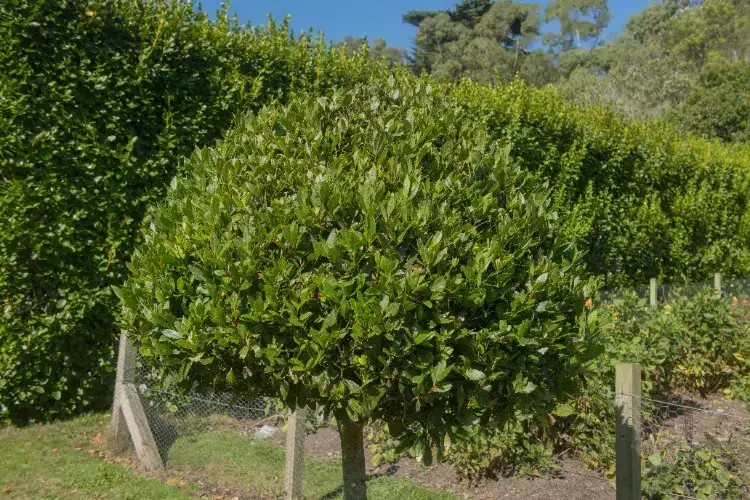Laurel, known for its aromatic leaves and Mediterranean origin, stands tall as a prized addition to gardens. Despite its culinary and medicinal uses, many wonder: does laurel attract mosquitoes? Let’s explore its benefits and how it can be utilized in your garden to repel pests effectively.
Key Points Summarized:
- Laurel does not attract mosquitoes; it actually repels them and other pests like aphids and flies.
- Learn how to harness bay leaves’ repellent properties effectively in your garden.
What Trees Do They Like? Does Laurel Attract Mosquitoes?
Mosquitoes favor flowering trees like magnolias, jasmines, and lilacs for nectar, pollen, and shelter. Trees with broad leaves, such as maples and willows, also create favorable conditions for mosquitoes by retaining moisture and promoting fungal growth.
Which Trees Should Be Planted to Combat Mosquitoes?
Combat mosquitoes by planting trees like oak, beech, and elm with dense foliage, reducing their attractiveness. Fragrant flowering trees like magnolia and lilac act as natural barriers against these pests. Additionally, surround your garden with repellent plants such as lavender, lemongrass, and mint for added protection.
Does Bay Laurel Attract Mosquitoes?
Bay laurel does not attract mosquitoes; rather, its leaves contain repellent properties effective against mosquitoes, aphids, ants, and other garden pests. Bay laurel also attracts beneficial insects like ladybugs, which help maintain garden health.
How to Use Bay Leaves Against Mosquitoes?
Create a mosquito-repellent solution using bay leaves by soaking them in water for 48 hours. Spray this mixture on plants every two weeks to keep mosquitoes at bay. For home use, bay leaves are effective against clothes moths when placed in cupboards.
By utilizing bay laurel in your garden, you not only enhance its aesthetic appeal but also ensure a pest-free environment. Embrace these natural solutions to enjoy a peaceful and thriving garden throughout the seasons.



